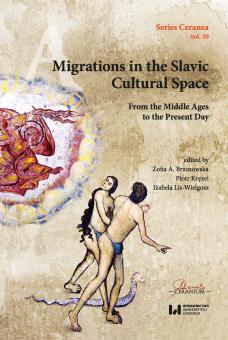The Military Frontier and Emigration Challenges in the 18th Century
Abstract
The Military Frontier initially served as the defence system of the Habsburg Monarchy, but in the 18th century its purposes expanded to include tasks ranging from the security of the state border to the management of the state cordon sanitaire and the migration process itself. In addition, the Frontier itself was subject to the Habsburg population policy. It was a proactive policy, as in other European states at the time. Many 18th-century sources have shown that population size and defence of the border benefitted from the settlement of immigrating Ottoman subjects. That meant that their arrival in the Monarchy (specifically, the Military Frontier) was not illegal, and certainly not unwanted, unlike the emigration of the local population to the Ottoman side. In general, it is difficult to define the legal status of migrants in the context of the then-existing regulations, state intentions (e.g. population policy) and migrant motives (e.g. escaping tax or military obligations). The authorities tried to strengthen their hold over the border area by improving the mechanisms for the control of safety and health, as well as by introducing measures such as a census of individuals and the whole population. The interest of the government was to keep the Military Frontier well-populated, so resistant to the emigration challenges.
Collections


